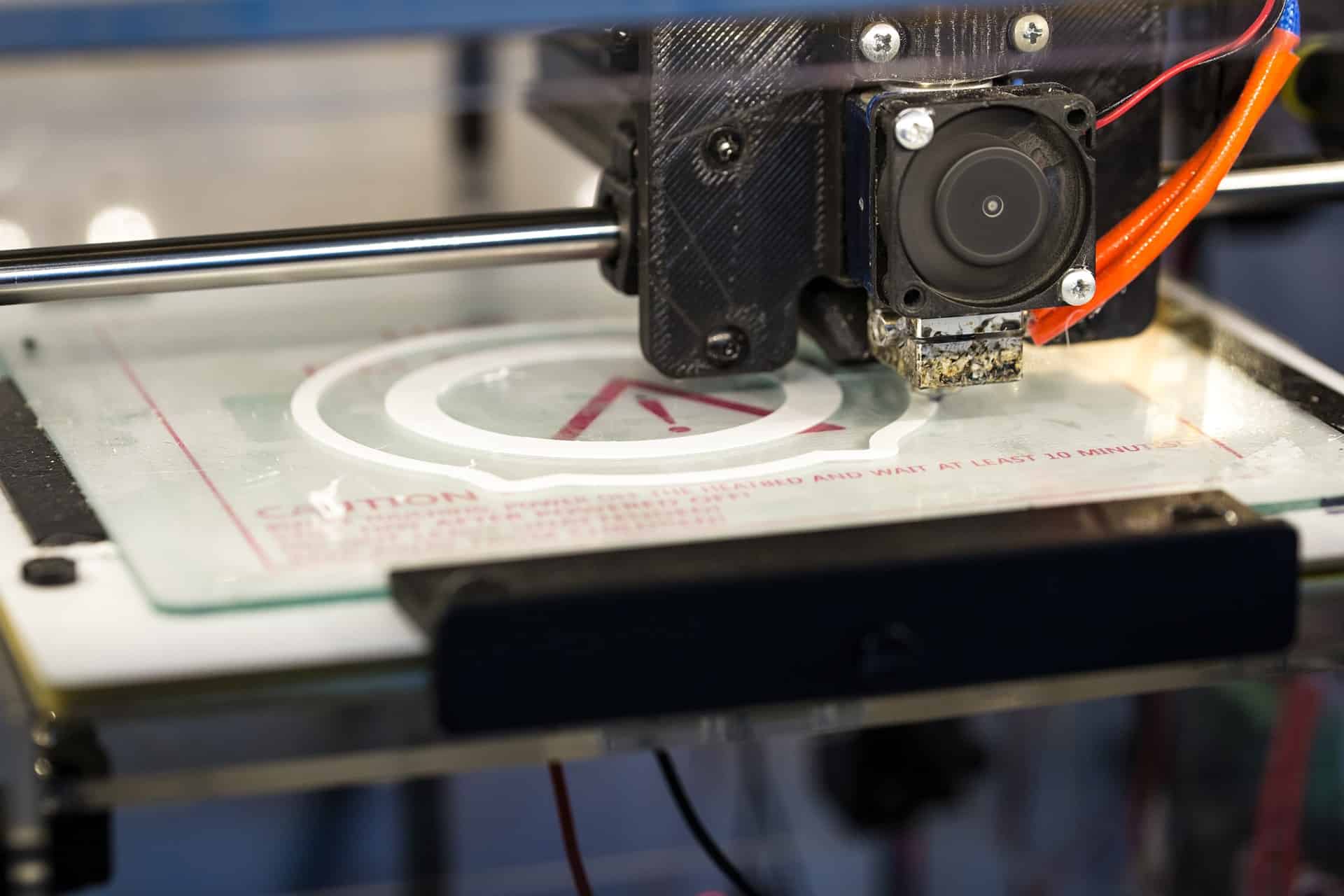
For weeks now in Italy it has been practically impossible to find face masks. Except through the black market. Yesterday the Italian FIOD confiscated 10,000 of them. The masks are being sold under the table with 300 to 6000 % profit. What can be done to stop these practices? Simple, that’s what a number of Italian designers think. They set up Open Source Mask; a platform where you can download free templates for 3D printers and print your own face masks (or have them printed).
Printing valves for ventilators
In the meantime, a 3D printer company in Italy has also sprung to the rescue. The company printed 100 valves for respirators within 24 hours when hospitals were in danger of running out. The valves are designed to be used for up to eight hours at a time.
The prototype for the face masks comes from Vitantonio Vacca. a researcher at CNR in Bitonto. It is based on other models already available online. He managed to get his colleagues Giuseppe Occhipinti, Ambrogio Occhipinti (graphic designer), and the video makers Savino Carbone and Davide Saponieri enthusiastic about his idea. Anyone can now download a mask model with a disposable filter in stl format for 3D printers free of charge.
Easy to make yourself
The mask is made up of three pieces that are easy to put together. A video on the website shows how to assemble the various printed parts. “We want to make it possible for everyone to print their own mask.” The project is not for profit and is aimed at creators, students, researchers, doctors in extreme areas of the world, NGOs and anyone who needs protection.

“For our part, it is a small contribution to society, but it is also an opportunity for all those who own a 3D printer to contribute,” explains Vitantonio Vacca. “The events of the past few days have left an indelible mark on our lives and have profoundly affected everyone’s daily lives. A large part of the world’s population shares the same fears, worries, needs and hopes. Goods that previously had little value and were easily thrown away now seem to have become symbols of speculative collective irrationality.”







